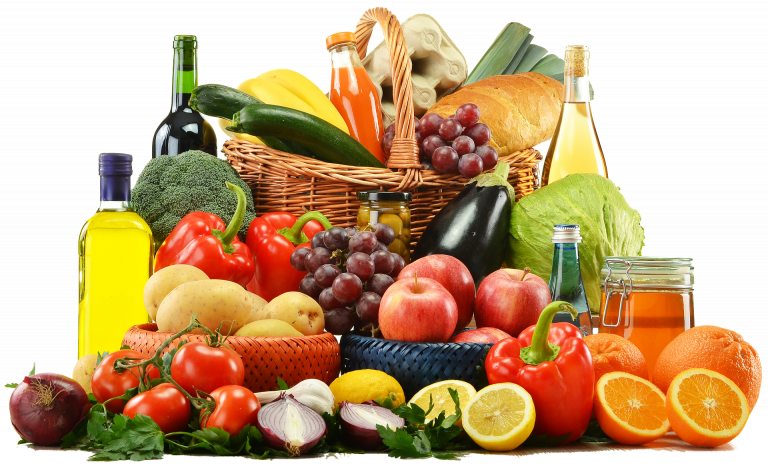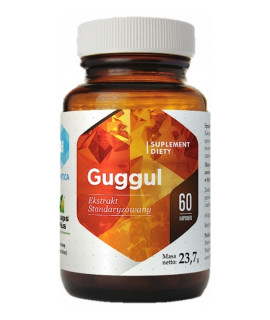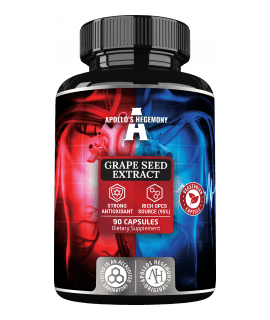What do you know about antioxidants? What do you know about free radicals? We are told that antioxidants are good for our health and reduce free radicals in our body. But really what are these ‘goodies’ and ‘baddies’. Let’s start with free radicals
Free Radicals
Free radicals are highly reactive species that have an unpaired electron. It’s all about the biochemistry that goes on inside our bodies! Chemical reactions take place inside our bodies all the time, as part of our metabolism, cell renewal, hormone signalling, DNA replication etc. etc. We are made up of molecules, which in turn are made up of atoms. The electrons in an atom or molecule orbit the nucleus, and the most stable configuration is when the electrons are in pairs. If an atom or molecule loses or gains an electron, then it becomes unstable and reactive. That means it can behave in an erratic manner and cause damage by reacting with cells in the body in areas such as DNA, proteins, lipids and carbohydrates. The reactive atom or molecule is trying to seek or lose an electron so that it can become stable again, but in the process causes damage to other cells and molecules in the body.
How do we stop the damaging effects of free radicals?
The continuous process of losing or gaining an electron and then seeking to become stable again causes a chain reaction that needs to be stopped. Antioxidants are molecules that stop this chain reaction for example by affectively giving a free radical an electron. So you might ask, how then does the antioxidant then not become a free radical itself? Antioxidants behave in such a way that they are able to facilitate the safe neutralisation of the damaging effects of free radicals whilst minimising any damaging effects of their potential instability after neutralising a free radical. In other words, antioxidants employ many different techniques to reduce the damaging effects of free radicals. This is not a perfect science though, and however amazing our bodies are we cannot stop all free radicals, and tissue damage does take place.
Types of free radicals
There are different types of free radicals created in the body, those derived from oxygen (known as reactive oxygen species – ROS) and those derived from nitrogen (known as reactive nitrogen species – RNS). These reactive substances occur within the body due to normal bodily functions such as respiration (the creation of energy in our cells), or can be caused by external factors such as cigarette smoke, damaging sunlight, pollution, alcohol, heavy metals, industrial solvents and pesticides, certain drugs and radiation.
Free radicals have been reported to be involved in the development many different diseases such as various cancers, neurodegenerative disorders (e.g. Parkinson’s disease, Alzheimer’s disease, Multiple Sclerosis), cardiovascular disease (hypertension, and blocked arteries), asthma, cataract development, and rheumatoid arthritis. It is therefore important to try to minimise the effects of free radicals by reducing exposure to external factors and ensuring consumption of antioxidants and cofactors are optimised in the diet.

Antioxidants
There are mechanisms within our bodies that naturally synthesise antioxidants or are able to regenerate antioxidants that have donated electrons to free radicals and then themselves become free radicals. These molecules are able to neutralise or ‘dispose of’ free radicals as a result of oxidative stress (ROS). Some examples are; superoxide dismutase converts superoxide radicals to hydrogen peroxide, glutathione peroxidase converts hydrogen peroxide to water, glutathione reductase regenerates reduced glutathione. The enzyme catalase converts hydrogen peroxide to water and oxygen, vitamin E can quench free radicals when it is oxidised, oxidised vitamin E is regenerated via a process involving vitamin C.
These physiological antioxidants are reliant on dietary nutrients in order to function properly. Several essential nutrients are components of, or cofactors for, enzymes that are involved in free radical disposal, such as: zinc, copper and manganese that are components of superoxide dismutase, selenium is a component of the enzyme glutathione peroxidase, iron is a component of catalase, riboflavin (vitamin B₂) is required for glutathione reductase.
These nutrients can be obtained in the diet quite easily. For example, zinc, copper, manganese and iron can be obtained from green leafy vegetables, wholegrains, beans, lentils, tofu, dried apricots, nuts and seeds, animal proteins and dairy products. A good source of selenium is brazil nuts, whilst B vitamins can be obtained from wholegrain bread, pasta and rice.
Deficiencies in these nutrients can lead to dysfunction of physiological antioxidants, resulting in diseases such as wastage of skeletal muscle due to lack of copper and zinc, early development of type 2 diabetes due to iron deficiency, and hypertension due to B vitamin deficiency, amongst many other diseases. It is therefore critical to ensure a diet rich in these nutrients is consumed on a regular basis.

Dietary antioxidants
Antioxidants can also be consumed directly from the diet, as certain nutrients in food have innate antioxidant properties that scavenge free radicals. We have already mentioned the minerals selenium, zinc, copper and iron and their importance in the physiological antioxidants, but there are further examples of dietary antioxidants as detailed below:
Vitamins C and E
Vitamin C is a water soluble vitamin that is active in water based bodily systems, whist vitamin E as an oil soluble vitamin scavenges free radical in lipid systems such as cell membranes. Vitamin C needs to be consumed daily as our body cannot store it, good sources are citrus fruits, kiwi fruit, blackcurrants, many different vegetables especially green leafy vegetables, broccoli, peas. Good sources of vitamin E include olive oil, tomatoes, avocados, apples, nuts and seeds, wholegrains.
Β-carotene and other carotenoids
These substances are responsible for the bright colour pigments in fruit and vegetables and are powerful antioxidants. Carrots are a great source of β-carotene as well as red bell peppers, peas, spinach and mangoes. Lycopene found in tomatoes is also a carotenoid, and is best released in the foodstuff by cooking. Lutein and zeaxanthin are essential for good eye health and can be found in green and yellow vegetables, especially cooked kale and spinach as well as yellow bell peppers. Astaxanthin is a carotenoid found in salmon, shrimp, crab, lobster and other seafood with a pink colour. It can also be found in certain algae and yeast.
Flavonoids and polyphenols
The plant pigments flavonoids are found in some fruits (citrus and berries), vegetables such as onions (quercetin flavonoid) tea and red wine, whilst polyphenols are found in many herbs and spices, some fruit (blueberries, red fruits, other berries), tea, chocolate and olive oil.
Other substances
There are other substances that have antioxidant effects with vitamin like properties. For example, the co-enzymes Q₁₀ (ubiquinone) is synthesised in the body, but can also be taken as a supplement. As well as being an antioxidant it is used by cells for growth and maintenance and is highly involved in the production of energy within cells. Although it is synthesised in the body, this is known to decline with age, therefore making it important to consume foods rich in this nutrient especially as we age. Good sources include; pork, beef, chicken, kidney, liver, oily fish, vegetables (e.g. cabbage and broccoli), fruit (e.g. oranges and strawberries), legumes, nuts and seeds.
Conclusions
Free radicals are produced in our bodies all the time. They are neutralised by antioxidants either synthesised within the body and/or consumed from the diet. Free radicals that are not neutralised perhaps due to excessive external toxins, poor diet and lack of key nutrients or underlying disease, can lead to tissue damage and consequently various diseases. If the mechanisms to remove free radicals from our body are compromised then we will begin to feel the effects such as the development of type 2 diabetes, heart disease caused by blocked arteries or the development of various cancers. Whilst supplements can be taken, the most effect method of consuming nutrients that are essential for antioxidant synthesis or that are antioxidants themselves is through our diet.
By consuming at least 5 portions of fruit and vegetables a day with an emphasis on variety of foodstuffs and colours, as well as lean animal proteins and fish, or plant based proteins, wholegrains, legumes, nuts and seeds as well as healthy oils such as olive oil, we ensure that we cover all the dietary sources of key nutrients required to neutralise free radicals.









